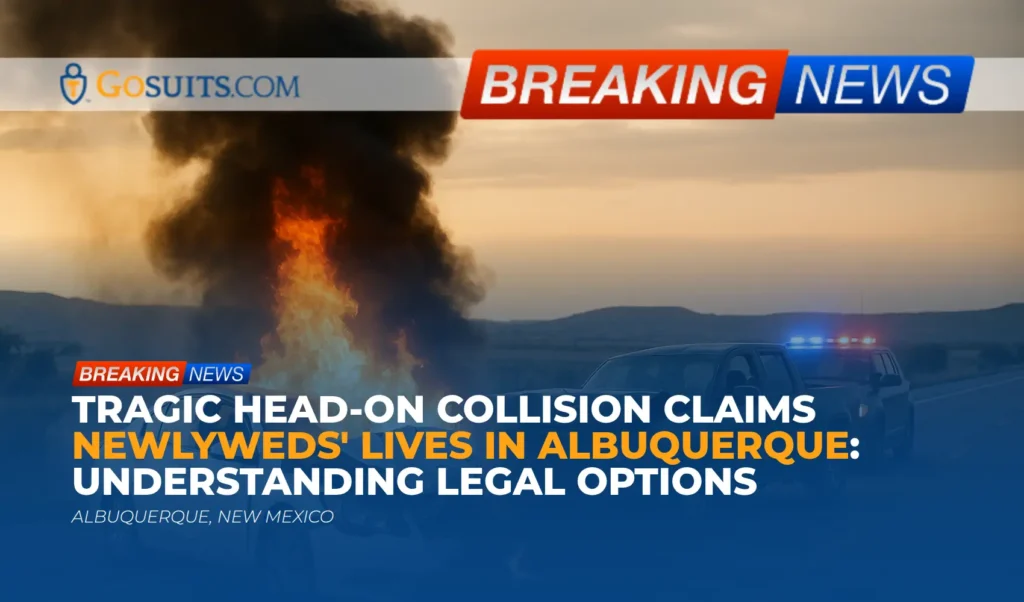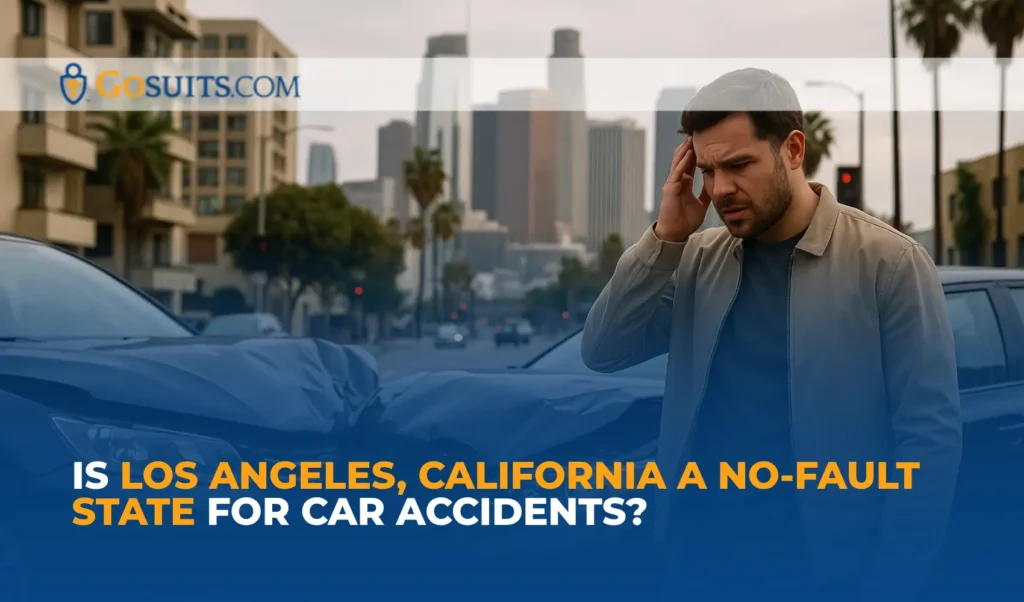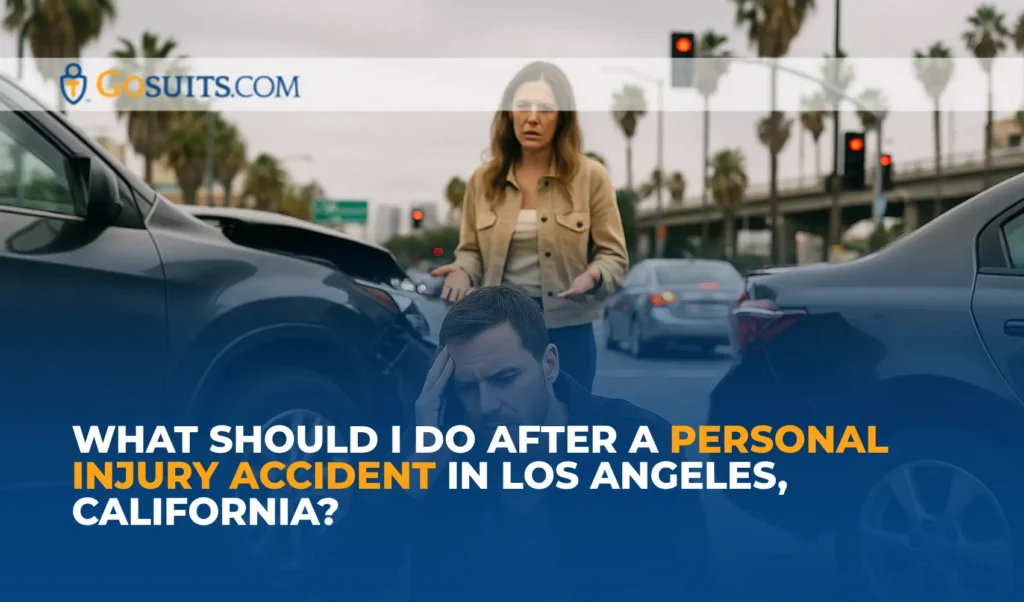A tragic head-on collision in New Mexico recently claimed the lives of two newlyweds, both 23 years old, just three weeks after their wedding. The couple, identified as Serenne Mikel and Casey Daniel, were driving on Highway 371 in Albuquerque when the fatal crash occurred on July 29th. According to reports, a trucker witnessed a car speeding past him before colliding with the couple’s vehicle, which subsequently caught fire. Despite efforts by the trucker and others to assist, the couple died at the scene.
This devastating incident underscores the severe consequences of motor vehicle accidents, particularly head-on collisions, which often result in significant injuries or fatalities. From a legal standpoint, this case highlights several aspects pertinent to personal injury and wrongful death claims.
Understanding the Dynamics of Head-On Collisions
Head-on collisions are among the most dangerous types of car accidents, primarily due to the combined forces involved when two vehicles traveling in opposite directions collide. These types of accidents often lead to severe injuries, such as traumatic brain injuries, spinal cord injuries, broken bones, and internal organ damage, or, tragically, as in this case, death.
Several factors can contribute to head-on collisions, including:
- Distracted Driving: This includes texting, using a cell phone, eating, or any activity that diverts a driver’s attention from the road.
- Impaired Driving: Driving under the influence of alcohol or drugs significantly impairs judgment and reaction time, increasing the risk of accidents.
- Speeding: Exceeding the speed limit or driving too fast for conditions reduces a driver’s ability to control the vehicle and react to hazards.
- Reckless Driving: This encompasses aggressive behaviors such as weaving through traffic, tailgating, and disregarding traffic signals.
- Driver Fatigue: Drowsy driving can impair cognitive functions and reaction times, similar to the effects of alcohol.
- Mechanical Failure: Vehicle malfunctions, such as brake failure or steering issues, can also lead to accidents.
Legal Considerations in Head-On Collision Cases
In the aftermath of a head-on collision, determining liability is crucial for pursuing a personal injury or wrongful death claim. Liability refers to the legal responsibility for causing harm to another person. In car accident cases, establishing liability typically involves demonstrating that another driver’s negligence directly caused the accident and resulting damages.
Negligence: The Cornerstone of Personal Injury Claims
Negligence is a legal concept that forms the basis of most personal injury claims. To prove negligence, the following elements must be established:
- Duty of Care: The at-fault driver had a legal duty to exercise reasonable care while operating their vehicle. This duty applies to all drivers on the road.
- Breach of Duty: The at-fault driver breached their duty of care by acting negligently. Examples include speeding, distracted driving, or violating traffic laws.
- Causation: The at-fault driver’s breach of duty directly caused the accident and the resulting injuries or fatalities.
- Damages: The accident resulted in measurable damages, such as medical expenses, lost wages, pain and suffering, and, in the case of wrongful death, funeral costs and loss of companionship.
Investigating the Accident
A thorough investigation is essential to determine the cause of a head-on collision and identify all liable parties. This investigation may involve:
- Police Reports: Law enforcement officers who respond to the scene of an accident typically create a police report, which includes details about the accident, witness statements, and the officer’s opinion on the cause of the crash.
- Witness Testimony: Statements from witnesses who observed the accident can provide crucial information about the events leading up to the collision.
- Accident Reconstruction: Accident reconstruction experts may analyze the crash scene, vehicle damage, and other evidence to determine how the accident occurred.
- Vehicle Data Recorders (Black Boxes): Many modern vehicles are equipped with event data recorders, commonly known as black boxes, which record information such as speed, braking, and airbag deployment in the moments before a crash. This data can be invaluable in determining the cause of an accident.
- Medical Records: Medical records document the extent of injuries and can help establish the link between the accident and the damages claimed.
In the case of Serenne Mikel and Casey Daniel, the trucker’s eyewitness account provides critical details about the moments leading up to the collision, indicating that a car sped past him before crashing into the couple’s vehicle. This information suggests potential negligence on the part of the other driver, which could form the basis of a wrongful death claim.
Wrongful Death Claims
When a person dies as a result of another’s negligence, the deceased’s family members may have the right to file a wrongful death claim. A wrongful death claim seeks to compensate the family for their losses, which may include:
- Funeral and Burial Expenses: The costs associated with the deceased’s funeral and burial.
- Medical Expenses: Medical bills incurred by the deceased before their death.
- Lost Income: The income the deceased would have earned over their lifetime.
- Loss of Companionship: The emotional support, love, and guidance the deceased provided to their family members.
- Pain and Suffering: The emotional distress experienced by the family members as a result of the loss.
In the case of Serenne and Casey, their families may be able to pursue a wrongful death claim against the at-fault driver and any other parties who may be liable. This could include the at-fault driver’s employer if they were driving as part of their job.
Insurance Implications
Car insurance plays a significant role in personal injury and wrongful death claims arising from motor vehicle accidents. Most states require drivers to carry liability insurance, which covers damages the insured driver causes to others in an accident.
When a driver is at fault for a head-on collision, their insurance company may be responsible for compensating the victims for their damages. However, insurance companies are businesses, and they often attempt to minimize payouts. Having seasoned legal representation can be beneficial in negotiating with insurance companies and ensuring that victims receive fair compensation for their losses.
In some cases, the at-fault driver’s insurance coverage may be insufficient to fully compensate the victims. In such situations, other sources of compensation may be available, such as:
- Underinsured Motorist Coverage: This coverage provides compensation when the at-fault driver’s insurance limits are too low to cover the damages.
- Uninsured Motorist Coverage: This coverage protects victims when they are injured by an uninsured driver.
- Personal Injury Protection (PIP): This coverage, available in some states, provides no-fault benefits for medical expenses and lost wages, regardless of who was at fault for the accident.
Commentary from Gosuits Albuquerque, New Mexico Personal Injury Attorney
This tragic head-on collision serves as a stark reminder of the potential consequences of negligent driving. In cases like this, it is essential for the families of the victims to understand their legal rights and options. A thorough investigation into the circumstances of the accident is crucial to determining liability and pursuing a wrongful death claim. While no amount of money can replace the loss of a loved one, compensation can help alleviate the financial burdens associated with the tragedy and provide a sense of justice for the family.





